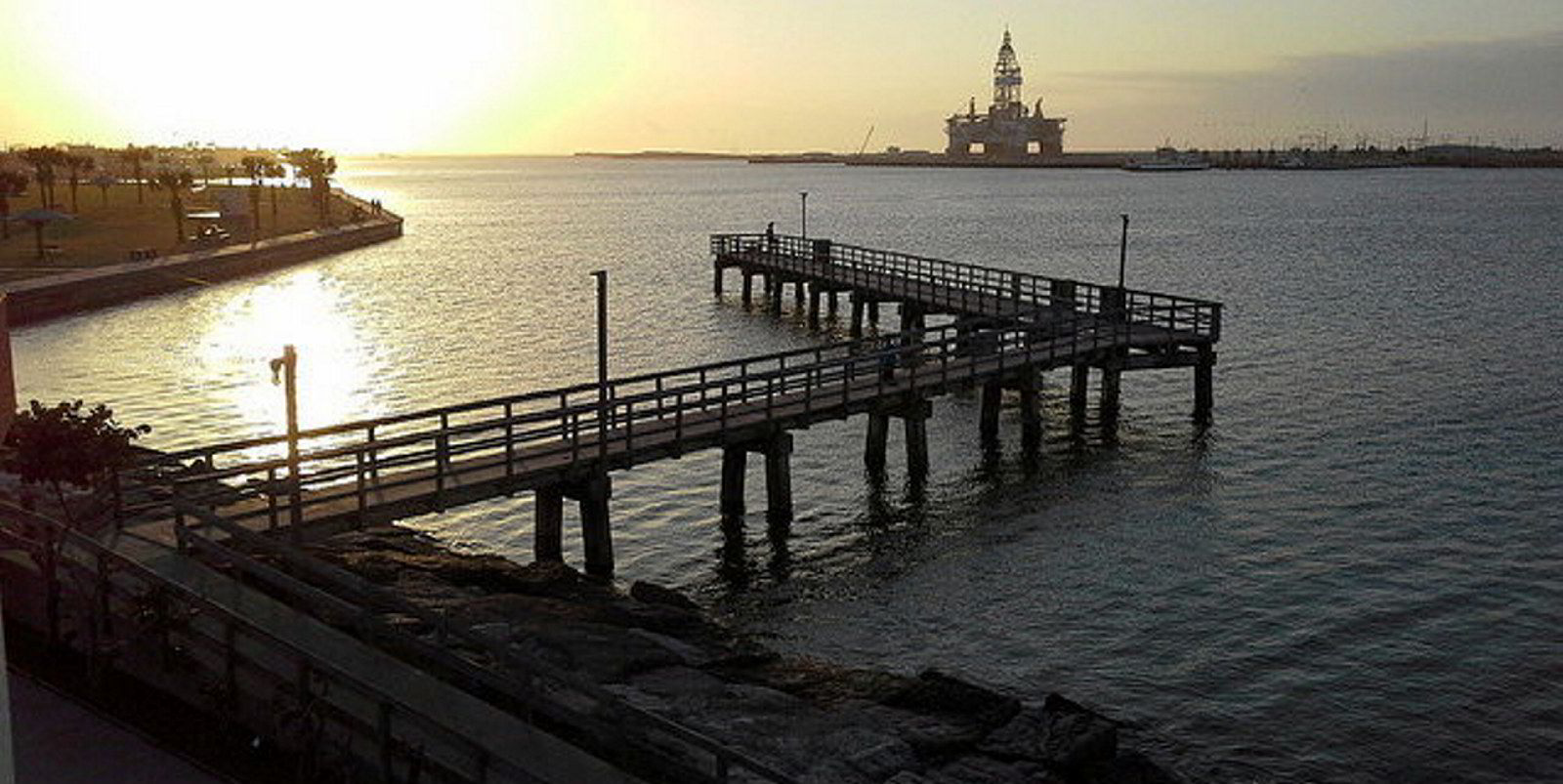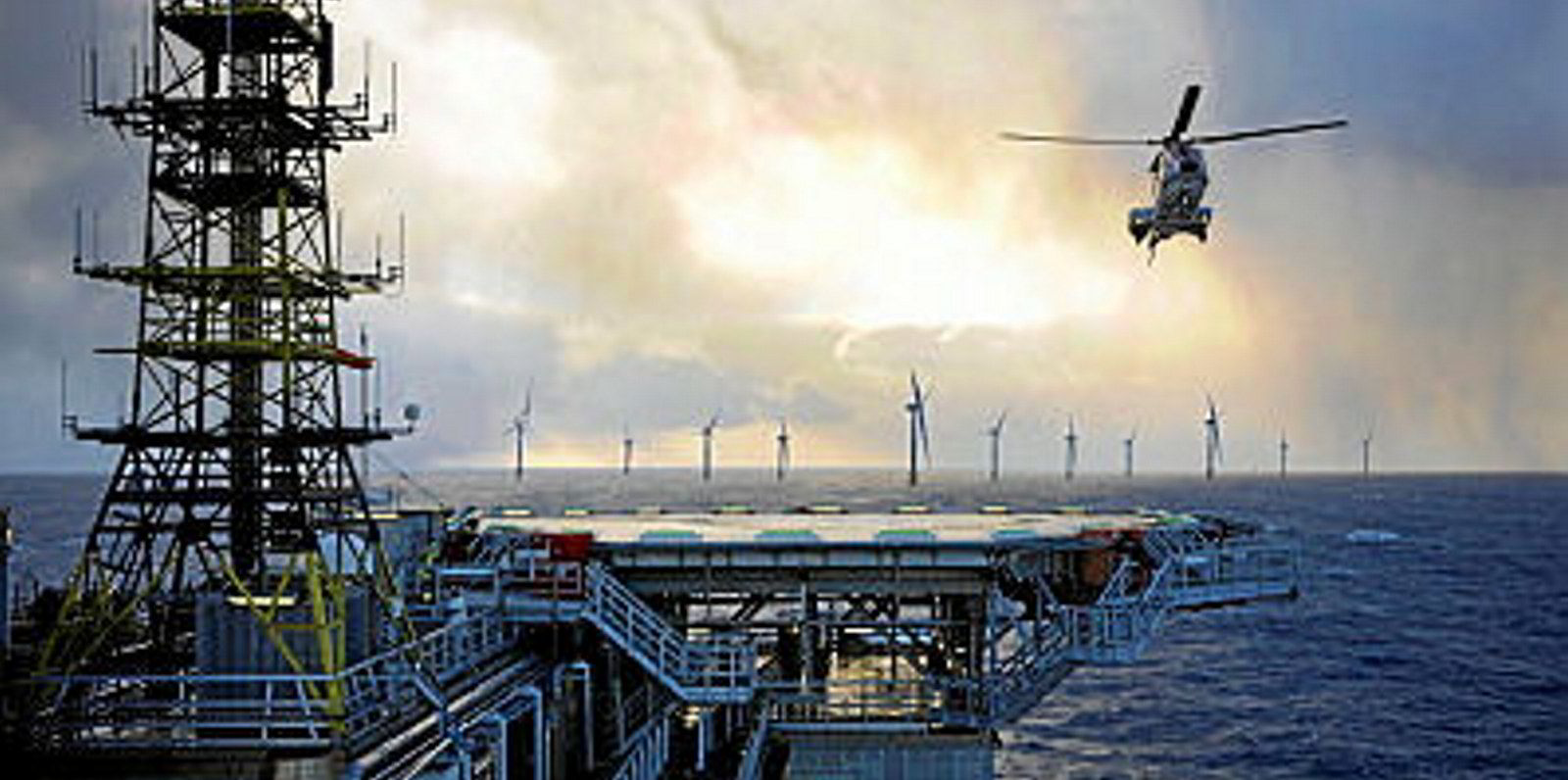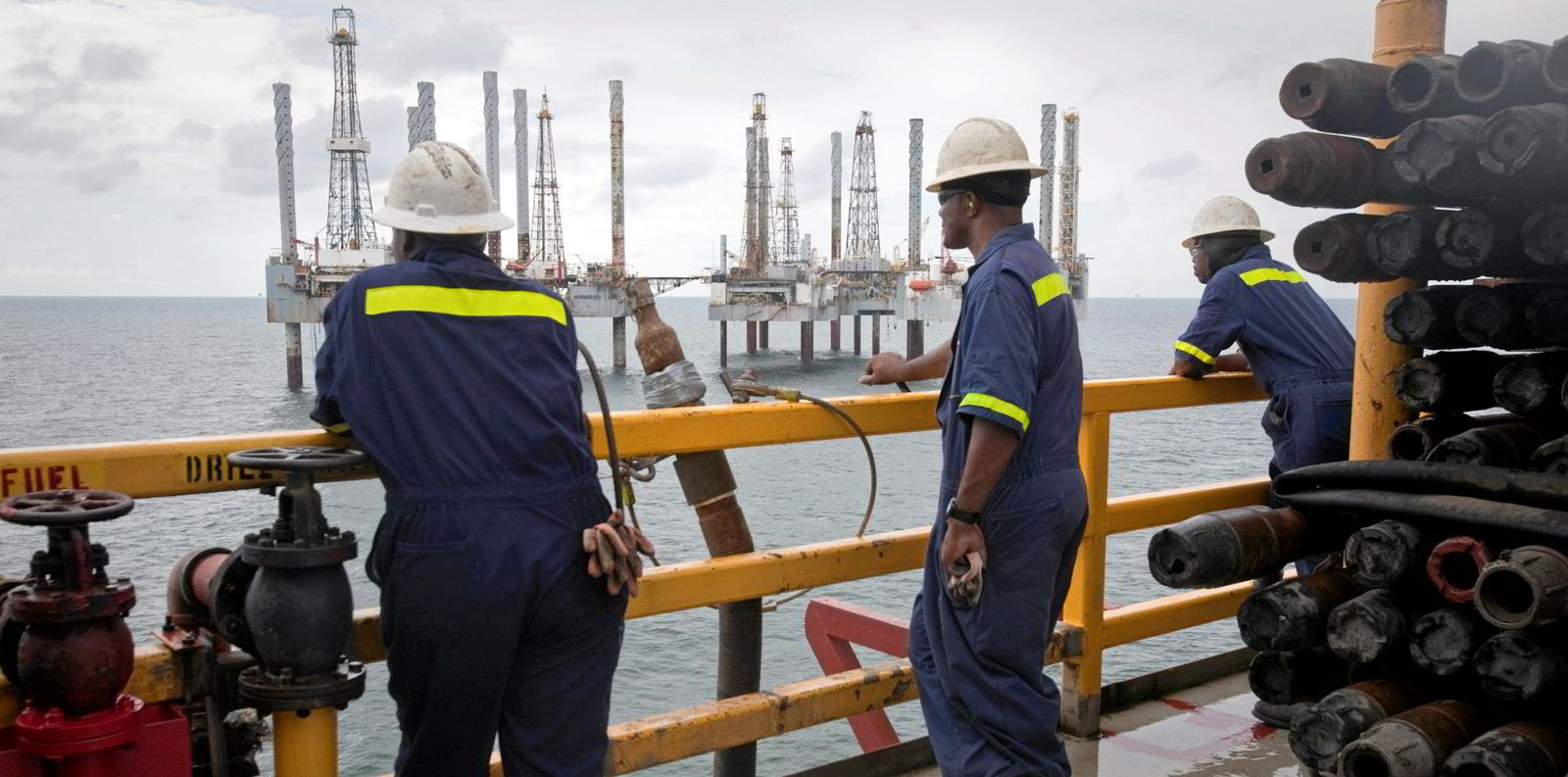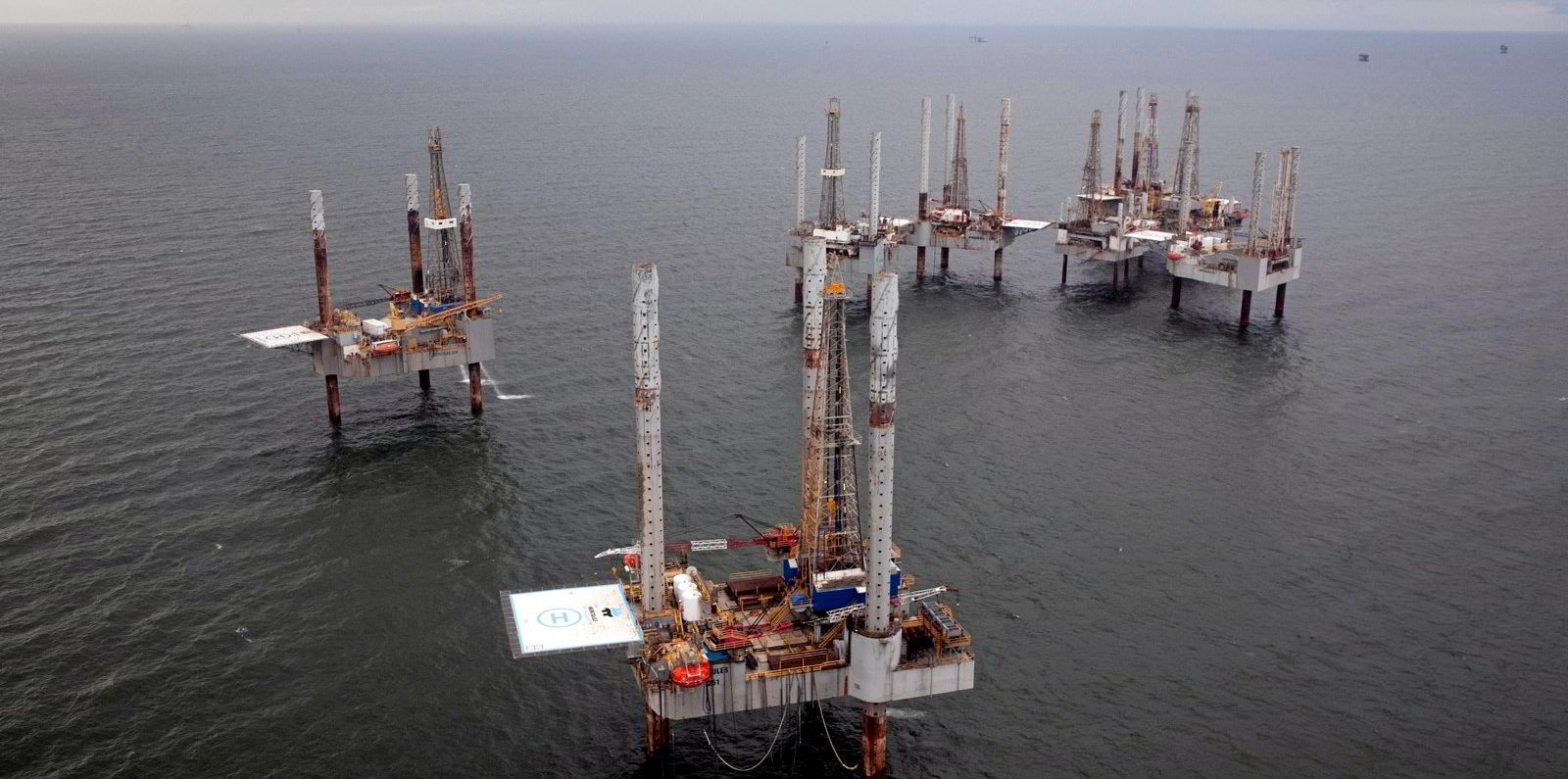A lead-off auction for the first of eleven new zones allocated for offshore wind power development in the Gulf of Mexico (GoM) could be held as early as next year, according to a senior US government official, clearing the way for a future build-out of some 16.5GW of plant in the historic oil province’s waters.
Mike Celata, regional director for the Gulf of Mexico for the Bureau of Ocean Energy Management (BOEM), the federal agency managing development on the US outer continental shelf, said Tuesday that the wind energy areas (WEAs) would each represent 1GW-1.5GW of installed capacity, “offering a lot of opportunities for multiple leases within those WEA”.
“We are doing a spatial analysis in conjunction with the National Oceanic and Atmospheric Administration for locations where we can have a WEA,” he said, at a workgroup briefing at the Business Network for Offshore Wind (BNOW)’s 2022 International Partnering Forum in Atlantic City, New Jersey.
“Our analysis includes over 50 layers [of concern], including fishing, shrimping, Department of Defense, radar, and more.
“There’s potential for a schedule of a number of auctions over a number of years.”
BOEM, which established a so-called 'call area' in the US Gulf last autumn sprawling over an area of 30 million acres (12 hectares), expects to refine the acreage into a series of WEAs dispersed from central Louisiana through Texas to the border with Mexico before next year.
Interest in the prospects for wind energy in the GoM has surged in the last year, bolstered by Louisiana governor John Edwards’ setting a state goal of 5GW of offshore wind energy, as well as by recent moves by BOEM to guide the area towards development of flagship offshore wind farms.
According to the US National Renewable Energy Laboratory (NREL), the US Gulf represents over 32% of the country’s total fixed bottom offshore wind potential, with three of the four states with the most shallow-water offshore wind potential – Texas, Louisiana, and Florida –at located here (though Florida is not included in the call area).
Modelling by BOEM calculates 1.9TW of technical potential streaming over GoM waters, of which more than 500GW could be commercially developed.
Despite the potential, the GoM has relatively slow wind speeds averaging between 7 metres per second (m/s), compared to the 9m/s seen in the Massachusetts WEA, for instance, and trailing the US average of over 8-9.5m/s, a fact that has so far somewhat muted interest in the region.
The region also faces the prospect of annual hurricane season and construction complications link to the US Gulf’s soft seabed, which likewise has dampened interest in the region, evidence by the response to the initial 'call for expressions of interest' last year, which saw few developers submit entries.
Yet these drawbacks are offset by the region’s massive offshore wind-ready oil & gas industry. The US Gulf has a huge network of coastal manufacturing facilities capable of handling the large-scale offshore wind componentry better than the smaller, older ports of the US northeast, as well as service vessels aplenty and shipyards to build more.
The industry also offers large numbers of trained and experienced offshore energy workers and large demand centres.
The experience of Gulf-based businesses including Keystone Engineering and Gulf Island Fabrication in building the Block Island wind farm off Rhode Island, the nation’s first offshore wind project, has also spurred interest in the region.
'We need the Gulf of Mexico'
Liz Burdock, CEO of industry advocacy body Business Network for Offshore Wind (BNOW), highlighted that nearly a quarter of the contracts signed in the US offshore wind sector to date have been with GoM supply chain companies.
“When we started BNOW, we knew we needed the Gulf of Mexico and its expertise to make offshore wind happen, and we are thrilled that we will be seeing lease sales here in 2023,” she said.
Joe Tirone, a representative with the Greater New Orleans Regional Economic Development organisation but speaking in his role as a member of BNOW, flagged future opportunities in deploying offshore wind to generate green hydrogen to feed Louisiana's vast coastal industrial base.
“In the GoM, there’s already a large existing demand for hydrogen, and there's also existing infrastructure that may utilised to help kick start green hydrogen when offshore wind starts,” he said.
The Biden administration's goal of 30GW of 2030 is driving a surge of interest in the industry, and the IPF has seen record attendance as the industry ramps up its investment. A study by the American Clean Power Association found that $2.6bn in offshore-wind related contract were signed last year alone, and expects the industry to drive $120bn in investment by 2030.




